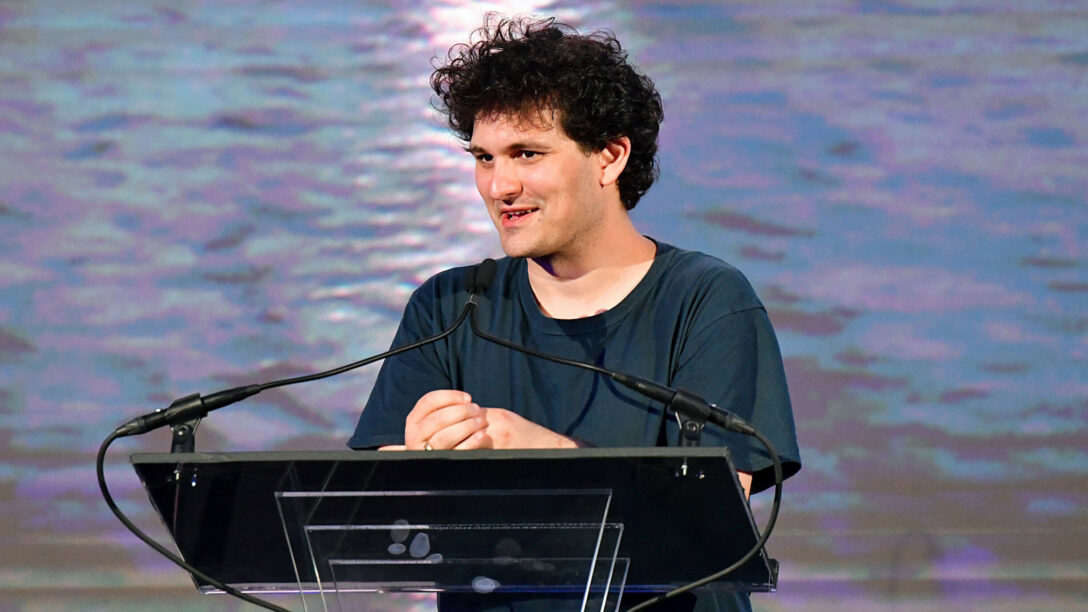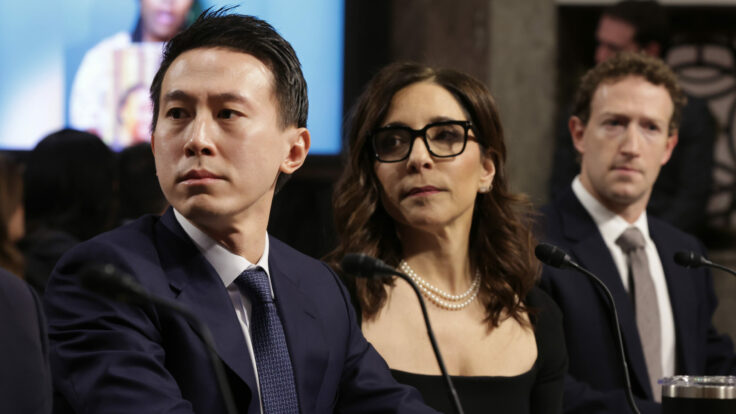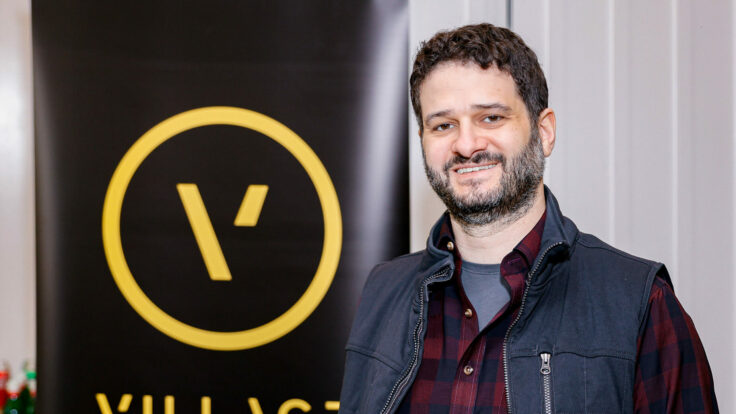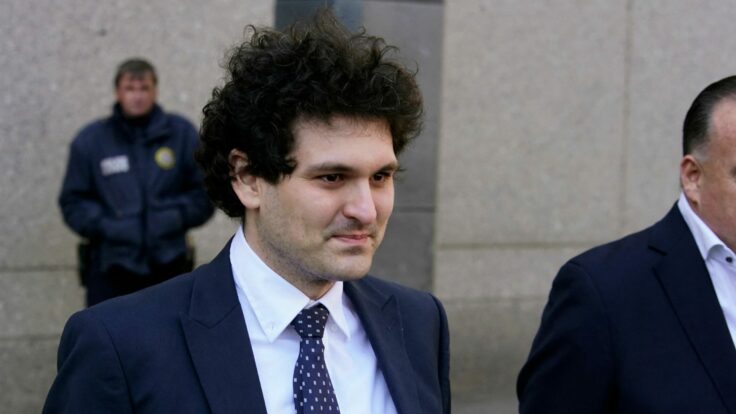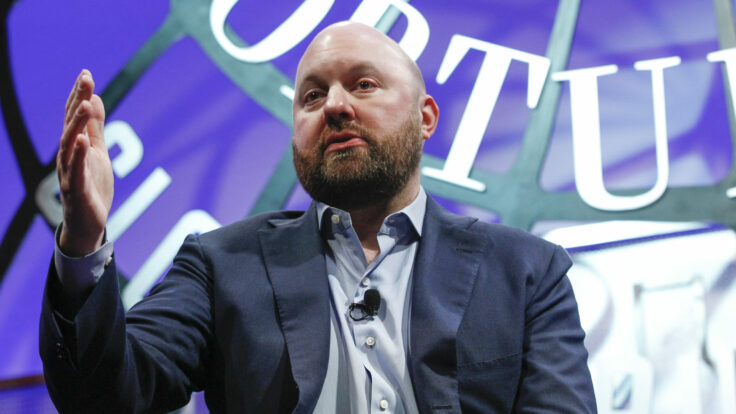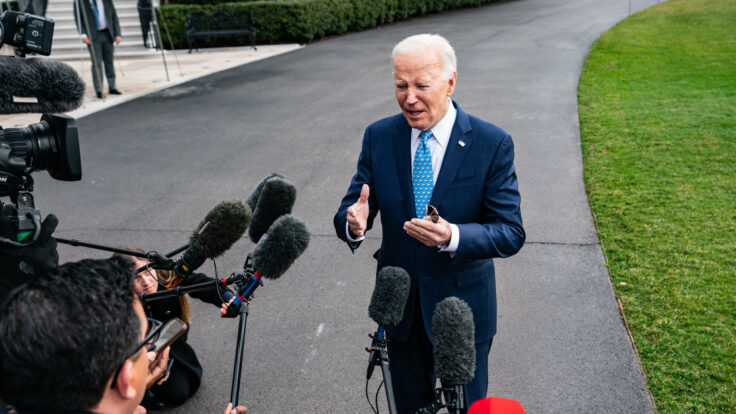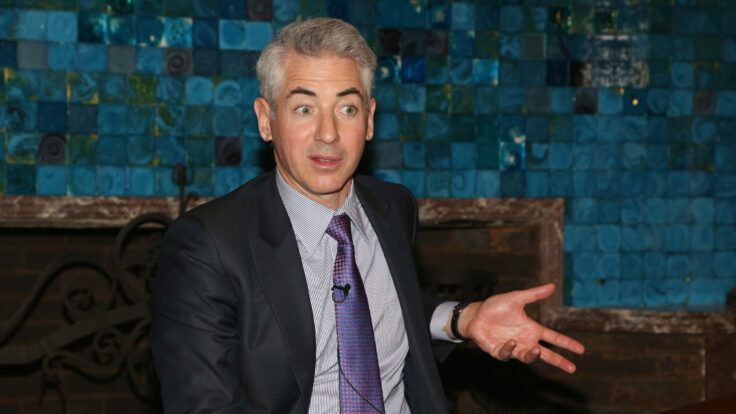The world of philanthropy and politics is fighting a five-alarm fire right now. Because billions of dollars that were theoretically going to flow to lobbying operations, super PACs, scientists, newsrooms and data forecasters just went poof as Sam Bankman-Fried’s global crypto exchange, FTX, declares bankruptcy. The man who once said, only a little hyperbolically if you talk to the right people, that he could spend $1 billion on the 2024 election, who was dispensing hundreds of millions of dollars a year on his philanthropic giving, who seemed to hire the entire industry of donor-advisers, has gone up in flames. All that money, all those promises, have evaporated in what is possibly the fastest personal wealth extinction event in history.
To understand the jaw-dropping developments of the last week, you first have to understand the gravitational pull that S.B.F. has exerted for the last two years, ever since he was shot out of a cannon into the world of Democratic big money. The son of Stanford professors—his mother founded the hot donor network Mind the Gap; his dad, ironically, taught tax law—Sam and his younger brother Gabe hired aggressively for their sprawling empire of influence, creating a Bahamas-shuttling network of consultants and lobbyists and donor-advisers who tried to help the 30-year-old create his dream world in media, pandemic-prevention policy, and nuclear nonproliferation alike. More important than the hundreds of millions a year that he appeared ready to spend to achieve his vision, S.B.F. epitomized something at a symbolic level—a new, younger generation of “effective altruism”-inspired donors intent on blending politics, philanthropy and data science, with little genuflection to the political or philanthropic establishment and a larger-than-normal appetite for risk.
This week, the S.B.F. industrial complex began to totally unravel. What looked at first like a liquidity crunch at FTX was soon revealed to be something shadier, as it emerged that the crypto platform had lent more than half of its customer deposits—some $10 billion—to an investment affiliate to make “risky bets.” On Thursday night, in an extraordinary statement, Bankman-Fried’s philanthropic aides, including his longtime mentor Will MacAskill, all resigned. “We are now unable to perform our work or process grants, and we have fundamental questions about the legitimacy and integrity of the business operations that were funding the FTX Foundation and the Future Fund. As a result, we resigned earlier today,” wrote the group, all of whom were hired earlier this year to turn S.B.F.’s dreams into reality. In what was the most cutting line in the letter, the group floated the idea that “the leadership of FTX may have engaged in deception or dishonesty.”
The Extinction Event
Bankman-Fried, who resigned as C.E.O. of FTX early Friday, didn’t return a request for comment. But I have spent the last few days talking with many people who are close to the S.B.F. machine to get a sense of just how, uh, toast that dream is now. Everyone in the high-dollar world has been trying to assess the damage, even my sources in S.B.F.’s orbit and employ, who are understandably unnerved and aghast about what this means for them. (Some of Bankman-Fried’s personal advisers also consulted for FTX.) “Short term, the lights are on and folks are still trying to do their jobs,” said one person familiar with S.B.F.’s political ventures early on Thursday. “Longer term things are unclear.”
That is an obvious understatement, of course, and by Thursday evening that outlook appeared overly optimistic. I am told that S.B.F.’s team is still trying to forge ahead on its advocacy work in Washington, but S.B.F.’s political leadership have told grantees in phone calls this week that they have only a small fraction of the money they assumed. After all, just a week ago, no one expected any of this. I’ve been asked repeatedly by friends and other donor-whisperers about just how bad things are going to get. In general, I tell them that I believe S.B.F.’s political and philanthropic operations will be decimated. But the totality of the destruction depends on two factors.
First: How bad was his misconduct? I’m not a lawyer, but there is a chance that Bankman-Fried ends up in jail (prediction markets, beloved by effective altruists, put the odds of a federal indictment this year at 15 percent). When MacAskill, the patron saint of the utilitarian community and S.B.F.’s mentor (who introduced S.B.F. to Elon) is saying that he can’t be associated with his conduct, you can only imagine what federal investigators at the S.E.C. and D.O.J. might find. I won’t bother to postulate about a post-jail recovery à la Michael Milken, but suffice it to say that if S.B.F. is charged with serious crimes, people will be running away from his checkbook, no matter how many zeroes he pens in. More broadly, the reputational damage that S.B.F. takes will of course shape just how toxic he becomes to Democratic campaigns and E.A. nonprofits. It probably already has made him radioactive in the short term.
Second, and this is crucial: How is S.B.F.’s financial empire structured, exactly? All of the projects tied to him just went from having basically infinite funding to having basically zero. The key statistic in assessing the status of his extracurricular projects is how much cash sits, irrevocably, in segregated funds that can’t be touched in his newfound, relative poverty. Let’s be clear: The optics would look awful if S.B.F. is giving away money to his whiz-kid political projects just as millions of FTX customers lose their deposits. But some money may not be retrievable and may have to be spent on passion projects. (These questions may get litigated in bankruptcy court.) Another key question is whether S.B.F. ever made big lump-sum donations to these organizations, who turned them into cash or diversified into a balanced portfolio, before the guillotine came down on his head. And when I say cash, I mean USD—not FTX equity or FTT tokens or whatever.
For instance, how much money is held by Guarding Against Pandemics, Gabe’s pandemic-preparedness lobbying org and the central node of Sam’s sprawling political organization? It sounds like not much. Just as Sam Bankman-Fried desperately tries to find funders to save FTX, I am told by multiple sources that Gabe Bankman-Fried is in the process this week of hurriedly trying to find new funders to finance GAP given the overnight funding crunch. GAP was started in 2020 and has not yet filed a tax return, so we don’t know how much resides within its walls—only that it had already put $12 million or so towards a California ballot proposition, and has spent a few hundred thousand dollars paying K Street lobbyists to do its bidding. (The ballot prop has, thankfully for his team, already qualified for 2024.) The organization does have other donors that aren’t S.B.F.—and really it is Gabe’s organization, not Sam’s, started before Sam even became fabulously wealthy—but several people close to GAP surmised that separating it from the Bankman-Fried brand will be very difficult. The surname just went from a huge asset to a huge liability—S.B.F. is more likely to be headlining congressional hearings than congressional retreats.
That financial question also hovers over the future of the FTX Future Fund, the flagship foundation created by S.B.F. and other top executives at the company that promised to give away hundreds of millions of dollars annually and has already distributed $160 million this past year. But it’s not clear that all of the assets there are segregated for charity—this particular philanthropy is actually a collection of vehicles: a 501(c)3 foundation called FTX Foundation Inc. and several donor-advised funds of its board members, along with other, undisclosed vehicles if the Future Fund wants to back a for-profit company. If those vehicles did not diversify and are holding FTX equity right now, then what constitutes the “FTX Future Fund” could be bankrupt, too. In their statement on Thursday, the Future Fund’s leadership said that “many committed grants” wouldn’t “be able to be honored,” a statement that suggests the absence of sufficient cash in any of their coffers.
How Toxic?
The same financial and reputational questions apply to S.B.F.’s personal family foundation, Building A Stronger Future, which was set up with Gabe in late 2021, to do media investing and other personal projects (and similarly hasn’t yet filed a tax return.) One has to wonder how newsrooms will respond to S.B.F. going forward. The then-billionaire hired a team of advisers who have been making investments in nonprofit and for-profit newsrooms over the last year, including in Vox, The Intercept, ProPublica, The Law and Justice Journalism Project, an international affairs podcast, and most prominently, Semafor. I’m told there is a buy-out clause in the Semafor deal terms, which would allow them to claw back shares from an investor, theoretically. Semafor would presumably want to wait this out before exercising an extreme option like that, but it is there if S.B.F.’s money becomes truly toxic.
Meanwhile, the tightly-knit world of effective altruism has been panicking over the out-of-nowhere implosion of one of its two biggest funders, if my calls and texts are to be believed. For starters, E.A.s hold themselves out to be morally scrupulous people—that’s a cardinal virtue of the community—and obviously the facts don’t look great right now for S.B.F., whose brand the E.A. community has been closely tied to over the last year or so. Some E.A.s feel almost complicit—did they ally themselves with a criminal?
There is also the more pressing question of whether there are now a whole bunch of scientists and nonprofits that are about to go belly-up as their principal moneybag evaporates into thin air. People in the E.A. community that I talk with range from despondent to enraged—could there be clawbacks of existing donations? Is the entire movement now associated with fraud? Those pangs of concern were given voice and credence on Thursday by Holden Karnofsky, the well-respected co-C.E.O. of the other big funder in effective altruism, Dustin Moskovitz’s Open Philanthropy. In a post on the EA Forum—basically the community bulletin board of the entire movement—Karnofsky described how the “serious trouble” at FTX would probably require Open Phil to try to backstop some of the E.A. funding gaps. Indeed, there is some hope that Open Phil, or maybe some other funder, could rescue Guarding Against Pandemics though that’s T.B.D., and GAP—which pays many people on S.B.F.’s team—clearly will have to operate differently and more leanly going forward.
I know many in the political and philanthropic communities who feel badly for S.B.F.’s squad, a team that includes many people I respect. I have no reason to think the political and philanthropic aides were aware of the alleged conduct on the business side of the house, and now they have potentially tied their reputations partly to some ignominy. Bankman-Fried’s motto was “Earn to Give,” and they just thought they operated on the “Give” side of the equation. But S.B.F. melded all of this into one worshipful empire. One thing is clear at least: Michael Lewis chose the right protagonist for his next book.
